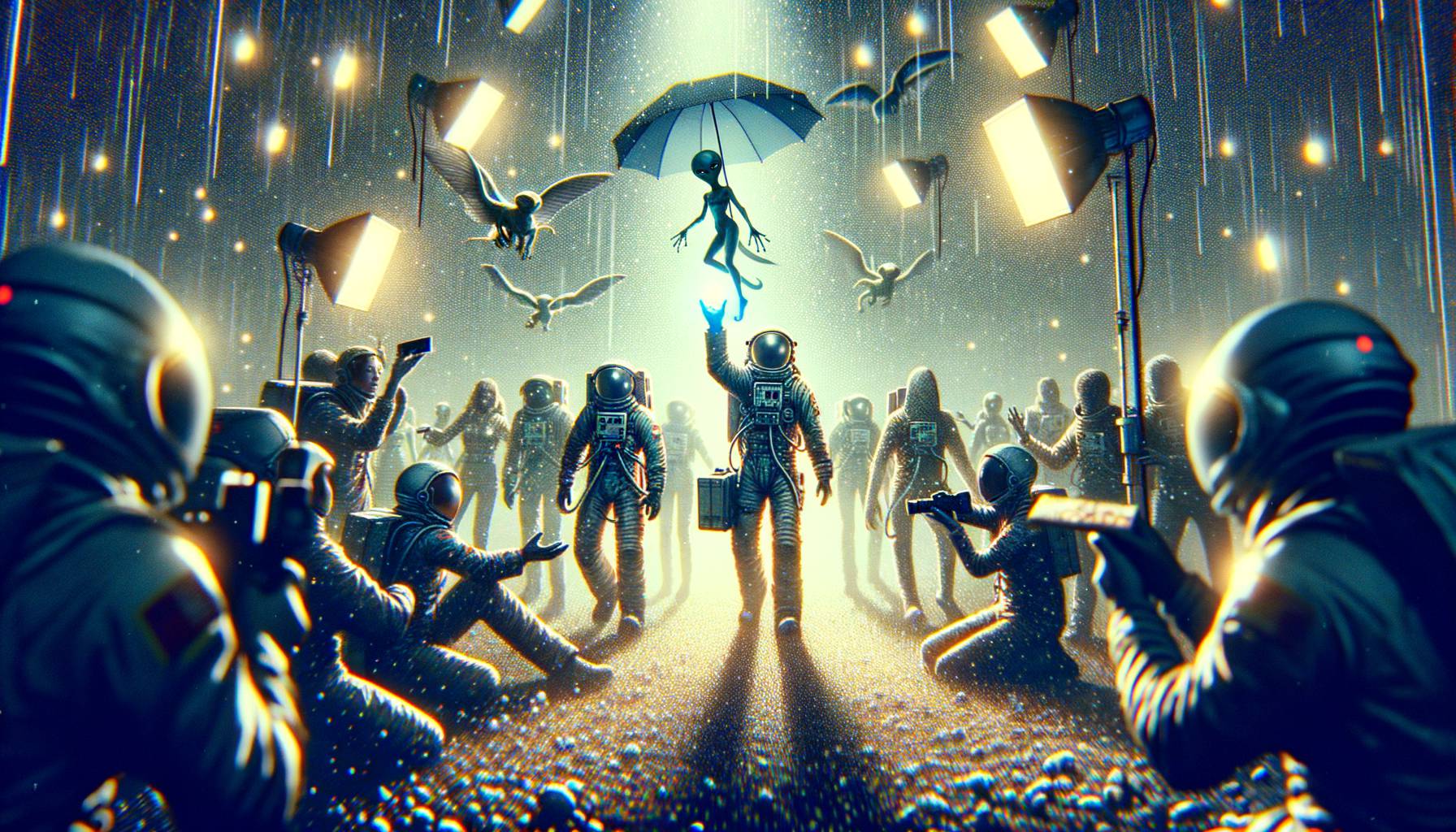NASA’s Directives for First Contact with Aliens Revealed!

For decades, science fiction has captivated our imaginations with tales of first contact with alien life. From H.G. Wells’ “The War of the Worlds” to the iconic “Star Trek” series, we’ve been enthralled by the possibilities and potential challenges of meeting extraterrestrial beings. But what if this fiction became a reality? What protocols does NASA have in place for such an event? Let’s delve into the fascinating world of NASA’s directives for first contact with aliens.
The NASA Plan: A Page from Science Fiction
Interestingly, NASA’s plan for first contact seems to have taken a leaf out of the science fiction playbook. The agency’s protocols are reminiscent of the “Prime Directive” from Star Trek, which prohibits Starfleet personnel from interfering with the internal development of alien civilizations. Similarly, NASA’s guidelines emphasize non-interference and peaceful interaction.
Non-Interference and Peaceful Interaction
According to the Outer Space Treaty of 1967, which NASA follows, astronauts are required to avoid “harmful contamination” of space and celestial bodies. This includes any potential alien life forms they may encounter. The treaty also mandates peaceful exploration of space, which extends to interactions with extraterrestrial beings.
Immediate Quarantine and Scientific Study
As depicted in the 1971 film “The Andromeda Strain”, any life form, alien or otherwise, could potentially carry unknown pathogens. To mitigate this risk, NASA’s protocol calls for immediate quarantine of astronauts who have come into contact with extraterrestrial life. This was the procedure followed during the Apollo moon landings when astronauts were quarantined upon their return to Earth.
Transparency and Global Cooperation
NASA’s directives also stress the importance of transparency and global cooperation in the event of first contact. This is reminiscent of the united global response depicted in the 1996 film “Independence Day”. According to NASA’s guidelines, any discovery of extraterrestrial life would be shared with the international community and the public.
Science Fiction Meets Reality
While these protocols may seem like they’re straight out of a science fiction novel, they are grounded in practical considerations. They reflect our understanding of the potential risks and ethical considerations involved in encountering alien life. As we continue to explore the cosmos, these guidelines will serve as a roadmap for how we approach the unknown.
Conclusion
Science fiction has long been a mirror for our hopes and fears about what lies beyond our planet. As we stand on the cusp of potentially discovering extraterrestrial life, it’s fascinating to see how these stories have influenced real-world protocols. From the non-interference principle of Star Trek’s Prime Directive to the quarantine procedures of “The Andromeda Strain”, NASA’s directives for first contact with aliens reveal a thoughtful and measured approach to this momentous possibility.
As we continue to reach for the stars, these guidelines remind us of the importance of proceeding with caution, respect, and a sense of shared global responsibility. After all, in the words of Carl Sagan, “The universe is a pretty big place. If it’s just us, seems like an awful waste of space.”
Footnotes:
1. Outer Space Treaty of 1967, United Nations Office for Outer Space Affairs
2. “The Andromeda Strain”, Michael Crichton, 1969
3. “Star Trek”, Gene Roddenberry, 1966
4. “Independence Day”, Roland Emmerich, 1996
5. “Contact”, Carl Sagan, 1985



